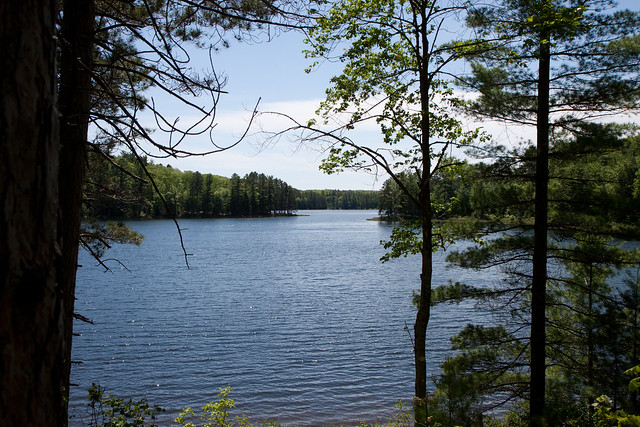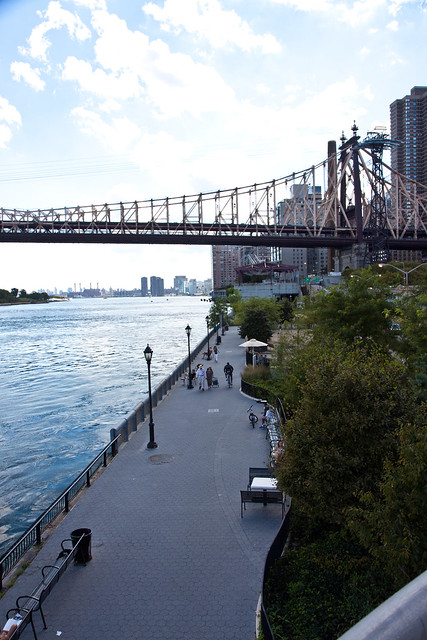9. Avoid buying or building a home on a floodplain, coast, or shore.

Like all animals, human beings are drawn to water. Unfortunately, habitat near bodies of water is among the most vulnerable to damage from development. The effects of normal flooding and high-water situations are worsened when houses, pavement, and turf replace the natural vegetation and wetlands associated with shorelines. Houses not only diminish the habitat quality but also contribute to the severity of storm and flood damage, since their very presence reduces the amount of moisture the soil can absorb and increases the amount of debris, sewage, fuel, and other toxic chemicals released from damaged houses and automobiles.

When towns and cities preserve coastal lands as green space, they provide a valuable resource for residents and tourists to enjoy and reduce the pressure on their own infrastructure and emergency responders during and after storms and floods. People with flood damage should use their insurance settlements to relocate rather than to rebuild, especially if floods are likely every twenty years or less.
Of course, people will always be drawn to shorelines despite the danger to nature and to themselves. If you already have a shoreline home or have a deep and specific desire to get one, take special care to landscape your property to preserve as much of the natural environment as possible, design your windows to minimize both bird strikes and breakage in storms, and make sure that all construction meets the most up-to-date standards to minimize storm damage.
From 101 Ways to Help Birds, published by Stackpole in 2006. Please consider buying the book to show that there is a market for bird conservation books. (Photos, links, and updated information at the end of some entries are not from the book.)